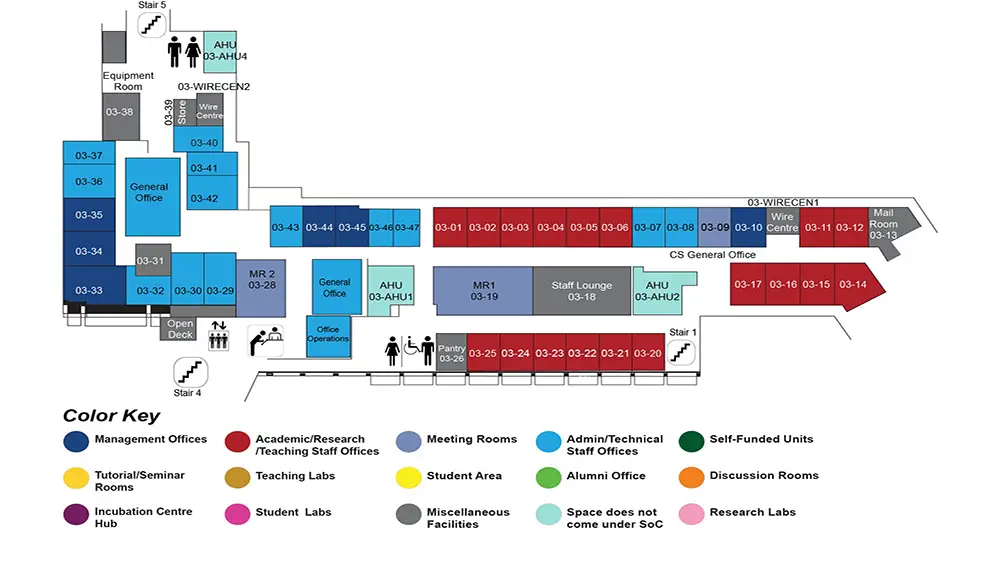Reconstruction of Defective Skulls by Non-Rigid Registration with Interpolating Surface
COM1 Level 3
MR1, COM1-03-19


Abstract:
Reconstruction of skulls from defective models is a very important and challenging task in craniofacial surgery, forensic investigation and physical anthropology. In craniofacial surgery, a craniofacial surgeon reconstructs a patient's defective skull, and uses the reconstructed skull model as a guide to operate on the patient to restore his or her normal appearance. In forensic investigation, a forensic investigator reconstructs a victim's skull, and generates the victim's face from the reconstructed skull model to identify the victim. In physical anthropology, an anthropologist reconstructs a hominid's skull, and studies the reconstructed skull model to understand the major differences in skull shape that characterize various hominid species.
Manual skull reconstruction is subjective, inaccurate and time-consuming, whereas existing computer-aided reconstruction methods have their limitations. Existing skull reconstruction methods can be grouped into four categories: symmetry-based, statistical, bone repositioning and geometric. Symmetry-based methods are not applicable when both sides of a skull are defective. Statistical methods require a large number of training skulls to capture all the essential variations in normal human skulls across age, race and gender. The lack of such a large training set has hindered their applications to skull reconstruction. Bone repositioning methods are applicable only to fractured skulls rather than incomplete and deformed ones. Existing geometric methods typically reconstruct approximating surfaces and regard corresponding points on the target skull as soft constraints, thus incurring non-zero error even for non-defective parts and high overall reconstruction error.
This thesis proposes an accurate and robust algorithm called FAIS (Flip-Avoiding Interpolating Surface) for reconstructing a normal skull given a defective target skull. The reconstruction is performed by non-rigidly registering an interpolating surface that regards corresponding target points as hard constraints, thus achieving low reconstruction error. To overcome the shortcoming of interpolating surface, a flip-avoiding method is used to detect and exclude conflicting hard constraints that would otherwise cause surface patches to flip. Comprehensive test results show that FAIS is more accurate than existing methods and it is robust against severe outliers such as radiation artifacts in CT due to dental implants. Moreover, two software tools are developed to gather the user inputs needed for the reconstruction algorithm. With the software tools equipped with the reconstruction algorithm, the user should be able to generate an accurate reconstructed skull model conveniently.

